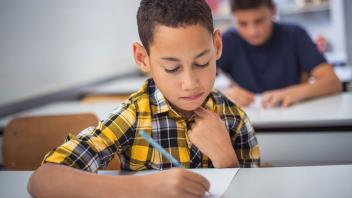The concept of learning styles has been around for a long time. Intuitively, the notion of learning styles makes sense, especially for those who work with struggling readers. Some kids seem to respond better to visual information, others to auditory, and still others to tactile information. Following this train of thought, teachers should present information in a style that is matched to a learner’s learning style.
This week, NPR’s Morning Edition, ran Think You’re An Auditory or Visual Learner? Scientists Say It’s Unlikely , in which we are reminded that there really is no scientific evidence that supports the existence of different learning styles, or the hypothesis that people learn better when taught in a way that matches their own unique style. A review of the research , done by researchers who study the psychology of learning, led the authors to conclude “the currently widespread use of learning-style tests and teaching tools is a wasteful use of limited educational resources.”
Dan Willingham, a cognitive psychologist at the University of Virginia who has also written about learning styles , suggests in the NPR story that rather than think about differences in how we learn, it may be useful to consider the similarities.
His example is about variety. “Mixing things up is something we know is scientifically supported as something that boosts attention,” he says, adding that studies show that when students pay closer attention, they learn better. I think this advice is particularly pertinent for those of us who work directly with struggling readers. What can we do to boost attention? How can we mix up what we do?
I’ve written about learning styles before in Unlearning Learning Styles, but because we’re at the beginning of another school year, it seemed pertinent again.

